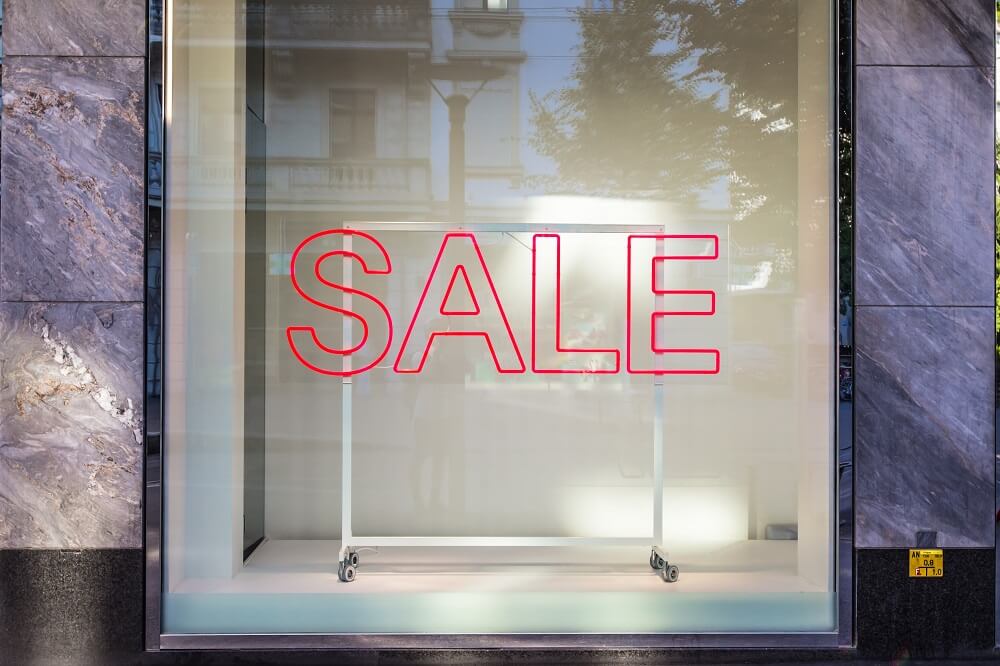
Keeping your brand exclusive: how a luxury image can disappear
An exclusive image is the prime asset of any luxury brand. However, a recent case by the Court of Appeal in The Hague, The Netherlands, showed that exclusivity once gained can also be quickly lost if you are not careful. In the case between the French fashion house Guy Laroche and Dutch wholesaler 4EW, Laroche suffered as a result of its own discount deal.
The case centred on a special coupon campaign at the French supermarket Carrefour, which allowed customers to buy Laroche’s luxury household linen at a steep discount. Although the Carrefour promotion was organised with Laroche’s consent, trouble started when the products failed to sell out through the Carrefour campaign and, after several transactions, were sold by 4EW on a bargain auction website.
Laroche protested against the sale of its products on this bargain auction website and feared it would harm the exclusive and luxurious reputation of its EU trade marks. However, the question was whether Laroche could still invoke its trade mark against the sale of its household linen by 4EW, or whether its rights had been exhausted.
The general rule is that trade mark rights cannot be invoked in respect of goods that have been placed on the market with the trade mark owner’s consent; as these rights have been exhausted. After making a sale to an independent third party, the brand owner is no longer allowed to stop other parties down the line from selling those goods.
It is important to realise that this is the case even if that independent third party breaches specific arrangements you as a brand owner (or your licensee) made with regard to future sales. Breach of those arrangements will give you a claim against the buyer, but will not allow you to stop third parties from selling the goods. In the Laroche case, the Court found that Laroche’s rights had indeed been exhausted after selling the goods to Carrefour and therefore Laroche in principle had no control over any subsequent sales.
However, there are cases in which the trade mark owner can nonetheless object to a third party’s marketing of the goods. For instance, if the condition of the goods has changed or if the setting in which resale takes place damages the reputation of the trade mark.
This latter point – sometimes called the Copad exception – was Laroche’s core argument, but unfortunately did not help its case. Although the Court accepted that Laroche generally markets luxurious products and the auction site did look rather cheap, Laroche had not made sufficient effort to maintain the luxury status of the products in question. After all, they had already been offered for sale at steep discounts at Carrefour. Laroche’s own promotion thus came back to bite.
A few words of wisdom for luxury brand owners can be taken from this case:
• Always include provisions in your licence and distribution agreements that specify which objective and non-discriminatory quality criteria must be met when selling your product.
• When making a one-off sale outside your normal distribution chain, ensure ownership of the products stays with you or your licensee until sold to a consumer, so that you stay in control of what happens to the products if they are not sold.
• Take measures to maintain the luxury nature of your brand. Even if it’s just a one-off promotion, think twice whether the setting is exclusive enough for your brand.








